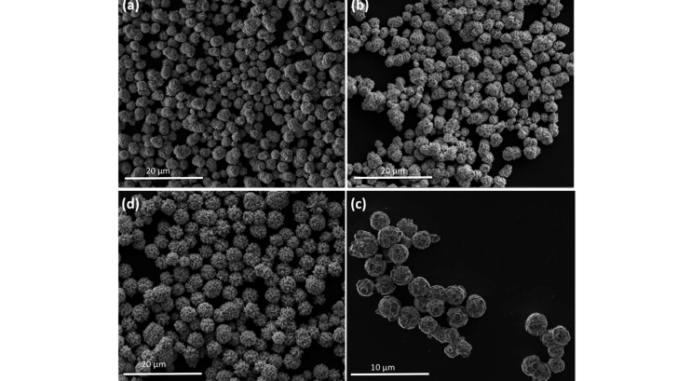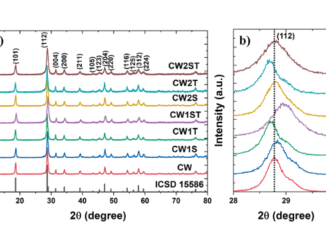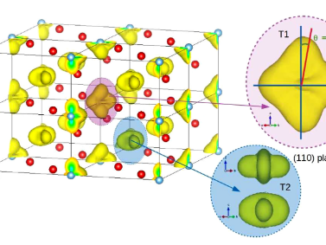
One-step controllable synthesis of three-dimensional WO3 hierarchical architectures with different morphologies decorated with silver nanoparticles: enhancing the photocatalytic activity
Abstract: Hierarchical architecture self-assembled three-dimensional WO3 and WO3·Ag with high uniformity have been successfully obtained using peroxopolytungstic acid as precursor and silver in a morphological engineering approach under moderate hydrothermal conditions. The as-grown samples were characterized by XRD, FEG-SEM, HRTEM, TGA, Raman, FTIR, UV-Vis, and XPS. In addition, the photocatalytic performance of the hierarchical architecture self-assembled three-dimensional WO3 and WO3·Ag has also been investigated through degradation of Rhodamine B (RhB) dye under 467 nm LED light irradiation. Results show that the hierarchical architecture self-assembled three-dimensional shapes evolve (depending on the silver amount) from 3D irregular-platelet-like building blocks to 3D hexagonal building blocks then to three-dimensional hexagonal-football-like and finally to 3D multi-branched spiky ball-like microcrystals. Also, high-magnification FEG-SEM and HRTEM images showed that the Ag nanoparticles with diameter about 5–15 nm were anchored on the surface of the 3D hierarchical architecture. UV-Vis measurements demonstrated that the 3D hierarchical structures gradually absorbed more light when the Ag content was increased. Moreover, the band-gap energy to WO3·0.20Ag was from Eg = 2.48 eV. It was found that 3D multi-branched spiky ball-like WO3·0.20Ag (corresponding to 1.2748 g of the AgNO3) microcrystals show outstanding photocatalytic activity in the photodegradation of RhB dye compared with other 3D hierarchical architectures.
Author(s): R. A. Capeli; C. J. Dalmaschio; S. R. Teixeira; V. R. Mastelaro; A. J. Chiquito; E. Longo; F. M. Pontes
RSC Adv.
Published: 13 Feb 2020




